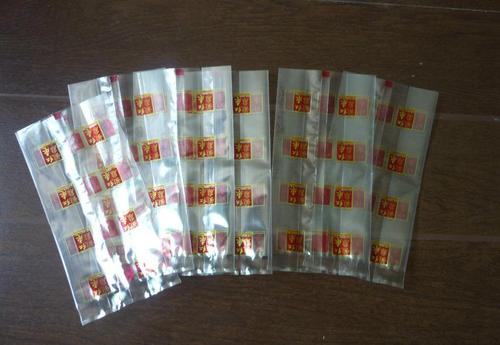
Hello everyone if in need of a Realtor in the Philadelphia area. Ronald Braxton RS372602 Call:215-512-8310 Office phone:215-722-7170 Email: Ron.braxton@c21ag.com Website:Website Century 21 Advantage Gold 7104 Castor avenue Philadelphia,pa 19149 Email me anytime at: Email me Thank you- have a good day!


AMAZON.COM SALES ! !
General Film Is The First Choice For In Mould Labels
| in mould labels | ||||
Paper and film are two kinds of materials used in in mould labels. The advantage of paper is that there is no electrostatic interference, which reduces the loss of label absorption when blowing bottles. However, paper is easy to deform when it is exposed to water or damp, and the surface smoothness of common synthetic paper is low, so its strength and elasticity make it unsuitable for high-grade color printing. At present, film is generally selected as the preferred material for in mould labels at home and abroad. Thin film materials have good expansion and contraction properties, especially those that can stretch and shrink, such as Primax and FasClear. In practical application, the material can be deformed with the change of bottle shape, and the label wrinkling phenomenon will not appear on the bottle surface. In addition, the ink absorption of film materials is much lower than that of paper, so labels printed with film materials are bright in color, strong in stereoscopic impression and color effect. Moreover, the film material and the plastic bottle body are homogeneous materials with reusability. The material structure of in mould labels consists of three parts, namely, printing surface, intermediate layer and adhesive layer. The main function of printing surface is to carry ink and form corresponding color pictures and texts. There are three kinds of printing materials: PE, BOPP and PE+PP. At present, most plastic containers use PE materials, so it is more beneficial to recycle the labels in mold. BOPP labels is also one of our product, welcome to buy and purchase! If you are interested in our products, you can click our website: https://www.chinaweilong.cn/ | ||||
| Tags: | ||||
 PDF PDF |
||||
| Rating: 0.00 (0 votes) Rate this blog | ||||
| Bookmark and share this blog: | ||||



 Links
Links  Articles
Articles  Blogs
Blogs  Videos
Videos  News
News  Colors
Colors 

 New links
New links

Enter comment